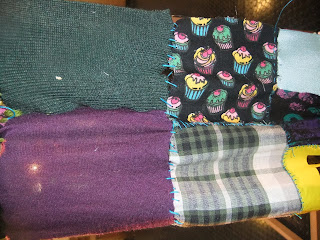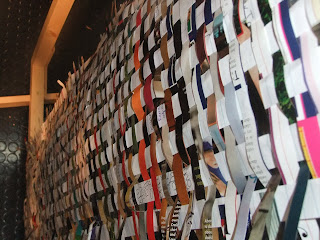Soo incase no ones noticed – its pretty snowy out there today! I woke up at 4:30 thinking a bomb had went outside, but no, just come crazy thundersnowstorm going on! It went on and on and on. I woke up expecting some snow, but oh my, not as much as what there is and it’s still going strong. Out of bed and hopped and had a wee wander to the shop to get some eggs to bake a cake. It felt different, Christmassy but homely. I liked it.
I got back to find that everyone on my street was out shovelling the snow – a bit of a team effort going on. My street/park is pretty nice, lots of families and a few older couples. We are pretty much the only students here but everyone usually keeps themselves to themselves quite a bit, but not today. Everyone was out helping eachother shovel the snow. They even did our driveway and we weren’t even out helping. It made me think – this is a community. Recently for my dissertation I have been thinking about the ideas of creating a community – how this is done through the arts and cultural centres. But it just goes to show, sometimes we don’t realise a community even exists, nor do we have to force it but it just appears. On my second trek to the shop (i forgot the icing sugar the first time) I noticed a car looking like it had gone off the road though there didn’t appear to be a driver in it. I walked on down the hill towards my housing park to be greeted with everyone that had been shovelling the snow from our driveways walking up the hill, shovel in hand, to help the man who had got his car stuck. Community strikes again.
The kids are all out building a huge snowman together – ive lived here for two years now and never seen them all play together. Just goes to show – maybe all we need is a little snow to get the community spirit going!
p.s. they are still shovelling the snow even tho its still snowing...











